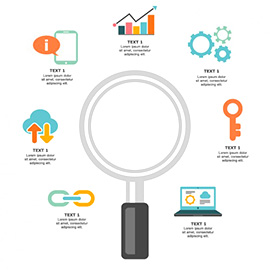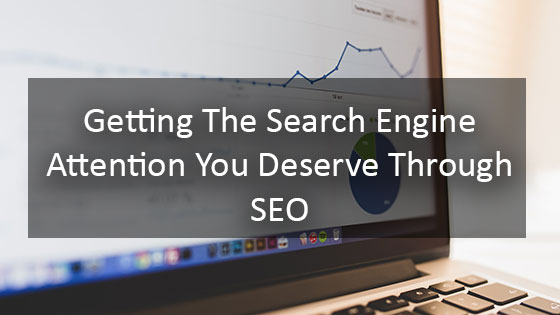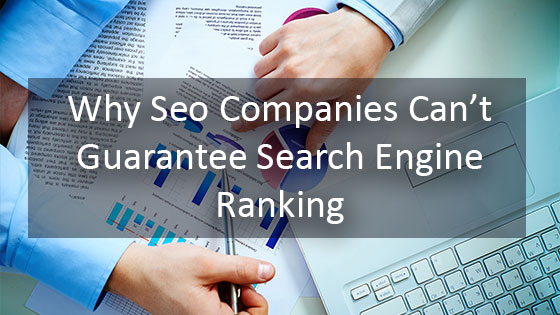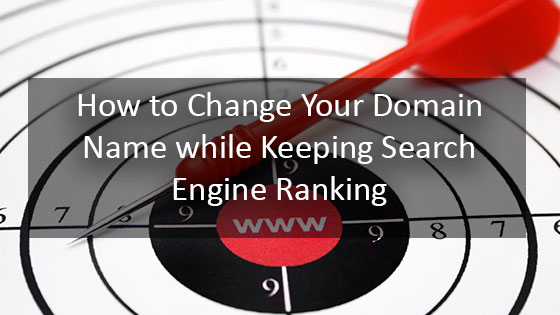The question of whether web design can affect rankings in Google search results is asked by our clients often. The idea of how a website looks is not something one would think of considering since Google cannot actually see your site – and more specifically, Google does not have an opinion on whether it’s a good design or not.
To answer this question, we need to look at some of the ranking factors that Google uses in its algorithm. Since we are discussing web design, this always includes the development of a website and can have a great deal of impact on your site’s search engine optimization (SEO), so it’s important to keep in mind when selecting a web design company.
Google Ranking Factors for On-Site Optimization
Over the 20 years that Google has been improving its search engine, the number of details on your website that Google’s algorithm looks at has grown substantially. These details include the text and some of the dangling threads of information used to program your site.
Great amounts of research have been conducted to determine what these factors are and to what extent Google places value on each element. The results are ultimately educated guesses at best. Google tells the world very little about how it ranks websites, at least not directly.
Does a New Website Rank Better in Google?
A new website definitely has the opportunity to rank better in Google specifically because it is new. This is not to say that it is always the case. There are a lot of ranking factors to consider.
Google likes new things and new content. Just launching an updated site signals to Google that there is new information. Their algorithm gives preference to this signal, basing this preference on the idea that all previously optimized content and other on-site optimization have been retained or even improved.
Quite often, a business will relaunch a website and see its ranking as well as its traffic drop. This is due to the effort being put into the design and not something technical, such as 301 redirects being performed. We all want to launch a new great looking website, but we shouldn’t ignore the technical elements of SEO in the process.
Home Page Design and Lack of Content
The trends over the last few years have favored big hero above the fold sliders and minimalist web design techniques. Basically more image, more background white space, and less text. While this may provide a modern look and feel, this can sometimes be a hindrance to ranking on page one of Google.
Since Google can only read what is on your website, these design trends can make it difficult to add needed content to the most important page on your website. This doesn’t mean that a website with very few words can’t rank higher, it just means that it requires a lot of other SEO ranking factors to overcome this obstacle.
In a different scenario, such as with websites that load into the browser top heavy with images and provide the written content after you scroll further down the website, a similar issue arises. SEO research has shown us that Google gives preference to content that exists above the fold. Again, this is not to say these websites will have trouble ranking. Just keep in mind that if you are in a particularly competitive industry or region and you were having trouble ranking ahead of your competition, without further optimization, a design like this may make it just a little harder to do so.
Is UX a Ranking Factor?
Google does not know if the usability or user experience (UX) of one site is better than another. Search engines don’t track people’s movements on websites to determine the SEO value of a domain. This is not to say that Ranking Factors and User Experience don’t naturally intertwine. Mobile friendly is a good example of the two intersecting.
By now, most people know that a responsive website is preferred by Google and that people prefer a mobile experience when using their cell phones. Because of this, the search engines determined this was an important element in the algorithm and will continue to be even more so in the future. Right along with this is clean code that causes quicker response times and images that have been sized to a point that allows them to load faster.
This does not mean that a bright, happy picture will push you higher in the search engine results pages (SERPs). Again, it helps to know the delineation between ranking factor and the user’s experience.
All the Little Details Add Up
Optimizing a website should not keep a designer from expressing themselves, but understanding some of the basics of SEO can go a long way in making sure that a website is Google friendly:
- H1 tags are important – In designing a website, there are lots of shortcuts to stylizing, such as using header tags. H1 tags make text big and bold. H2 tags do the same but slightly smaller and so on down to H6. There are header tags on this very page. What a designer sometimes does is makes all large text throughout a page using H1s. Google only wants to see one H1 tag per page. Hence the problems that can occur without communication between a designer and an optimizer.
- Name Your Images and Add Alt Text – Image12564.jpg is not a very SEO friendly name. Since Google can’t “see” images, we need to give them some useful text to define them. In addition, the Alternative Text tag is the other element that Google relies heavily upon. Describe your images, people!
- Do Not Lock Text Inside of Images – You’ll hear the term “editable text”. It means that if someone creates an image using a picture and text and saves it that way, Google cannot read it. The text within the image has no SEO value. You can see this on a website when you literally try to select the text with your cursor in the browser and nothing can be selected. You can also check this out when you drag the image off of the site and open it. if you see text in that image, it means it is not readable by Google.
- Resize Your images – Content management systems allow you to downsize images to look aesthetically pleasing on the page. However, the website is only rendering the image to a different size in the browser. Since it is still being pulled from the same file, Google does not see this as a smaller image. A 30-MB image will always take a long time to load, especially on a smartphone. Designers, please resize images to less than 100k, if possible.
How to Know What Design Elements Are Important
As with most industries as they grow, specialization begins to occur. In years past, the same person that coded your website was often the same one that designed it. As the digital marketing industry grew, specialization diversified between design, development (both front and back end), search engine optimization, and more.
This is not to say that there aren’t talented individuals that bridge these divides, when a company that depends heavily upon having a well-designed website for potential and existing customers as well as a site that needs to be found in Google, it is recommended that you research a web design company that knows both. Just because a design looks great, doesn’t mean that it will be preferred automatically by the search engines.
Think about some of the websites you have researched in your own industry. Have you ever found some at the top of the search results page and thought to yourself, “wow, that is ugly”? It was probably well optimized.
Contact TheeHouston.Agency
Web design prowess and SEO knowledge don’t just happen overnight. Contact our Houston web design and digital marketing team today to schedule your free consultation by calling 281-764-9070 or filling out our form.








